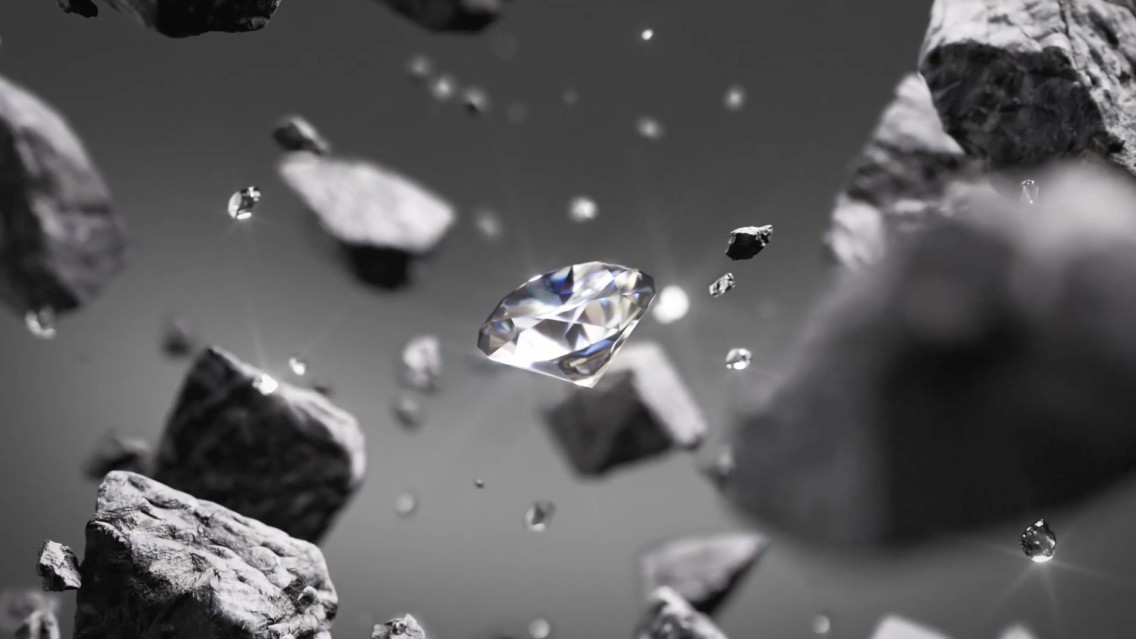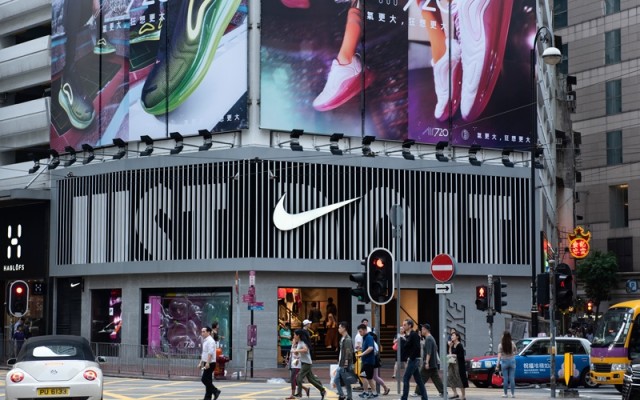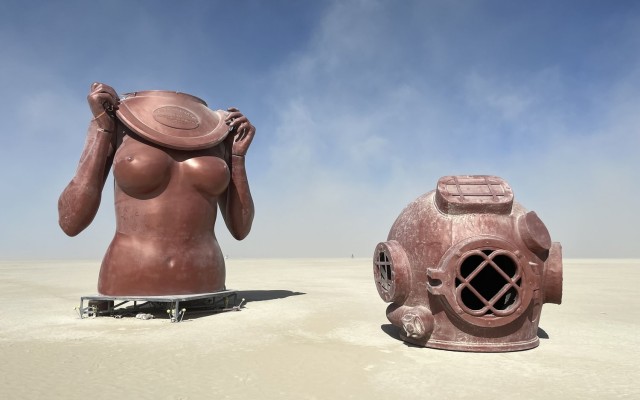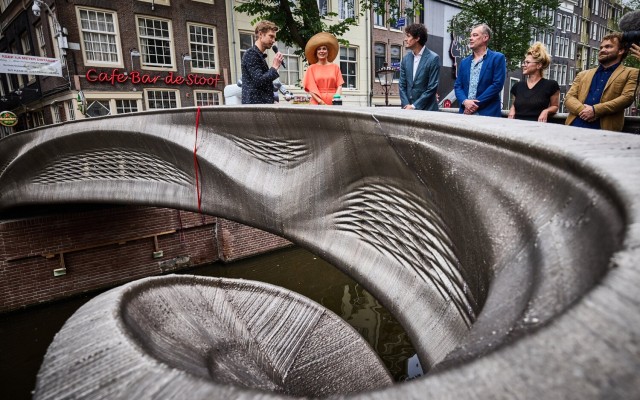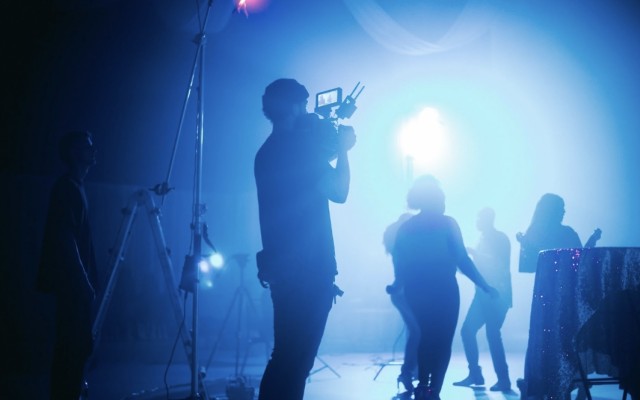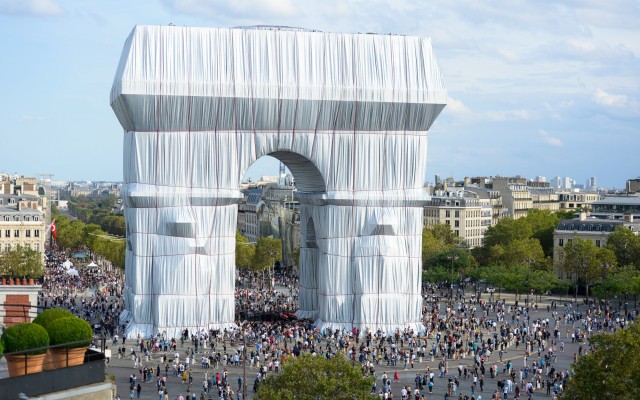 Create the Smallest Artwork in the World on a Diamond?
Create the Smallest Artwork in the World on a Diamond?
Article
as long as it takes to check all the headlines

Pablo Lücker
Artist
Collaborations between brands and artists are very popular nowadays. Looking for new and unique ways to sell products, brands realize that collaborating with famous haute couture fashion designers, popstars, or contemporary artists can give their image some edge while potentially reaching new audiences.
Dutch-born artist Pablo Lücker is no stranger to this phenomenon, having collaborated with countless international brands himself. As a seventh-generation artist, Pablo identifies as an autonomous contemporary artist creating artworks such as paintings, sculptures, prints, and much more.
Using his playful and positive designs to invigorate the likes of W Hotels, Heineken, Formula 1, and Uber, one of the latest to add to this list is luxury jeweler Gassan Diamonds. We sat down with Pablo to find out how he finds inspiration for these collaborations, and what goes on behind the scenes during the challenging development process.
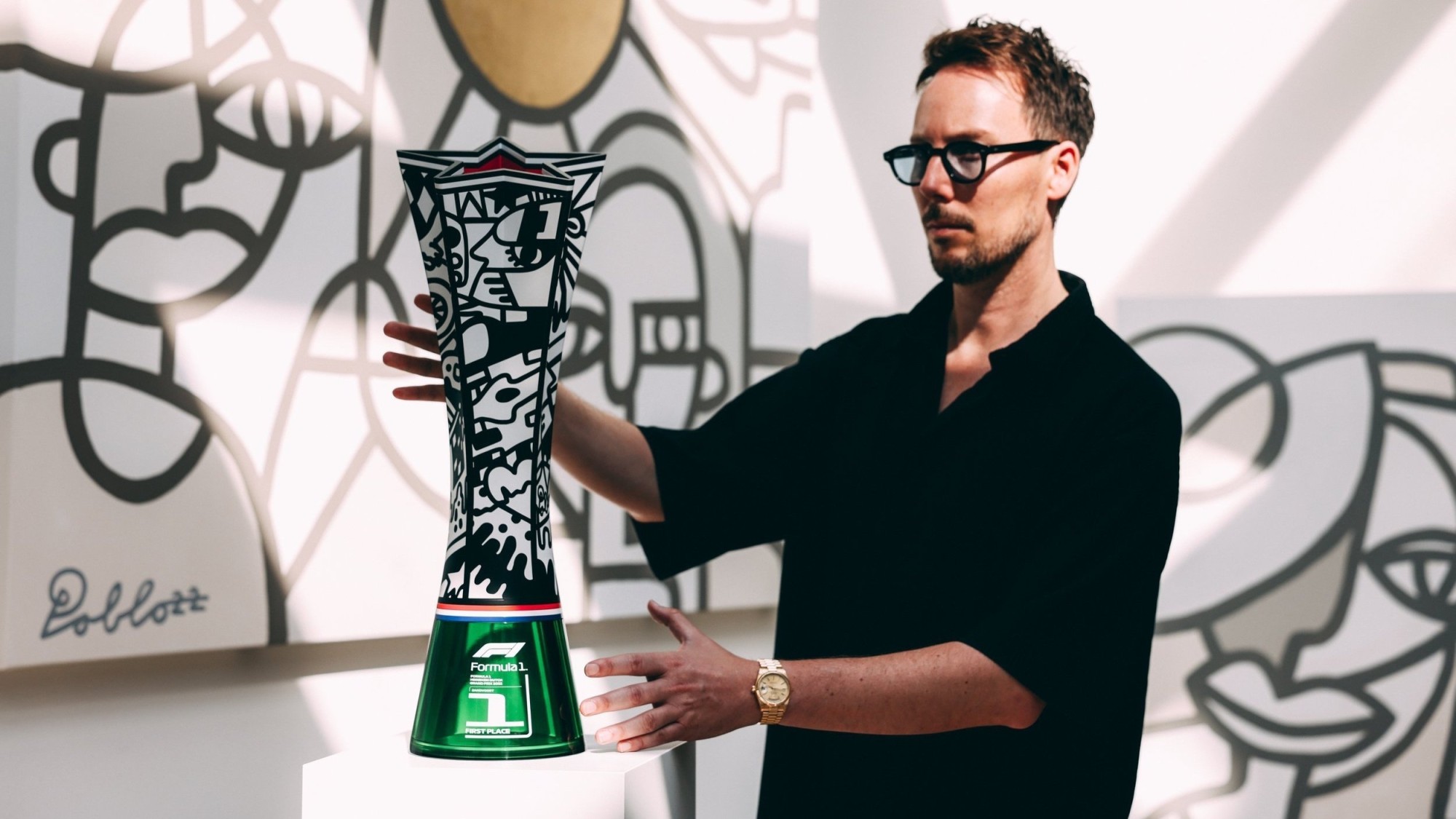

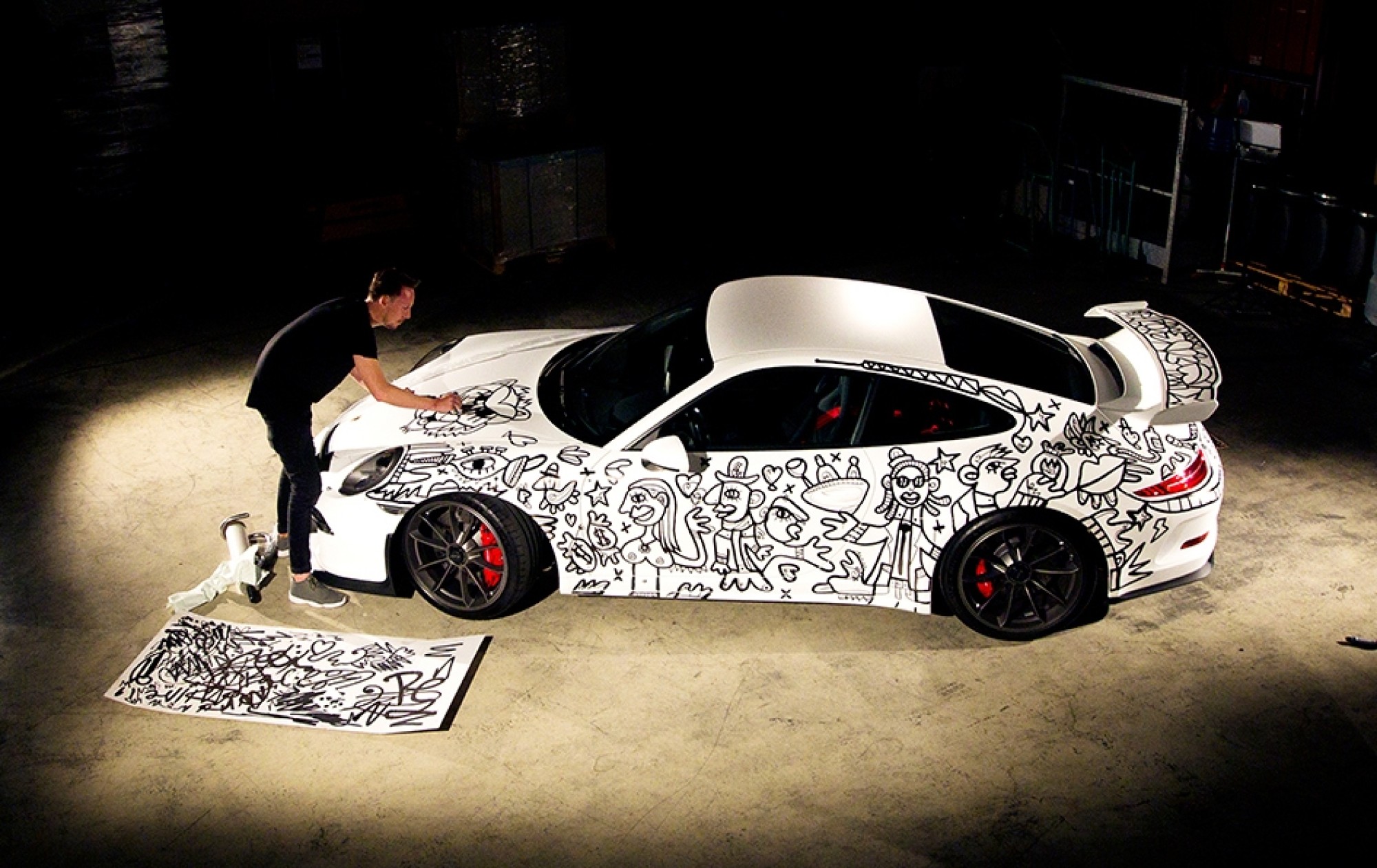
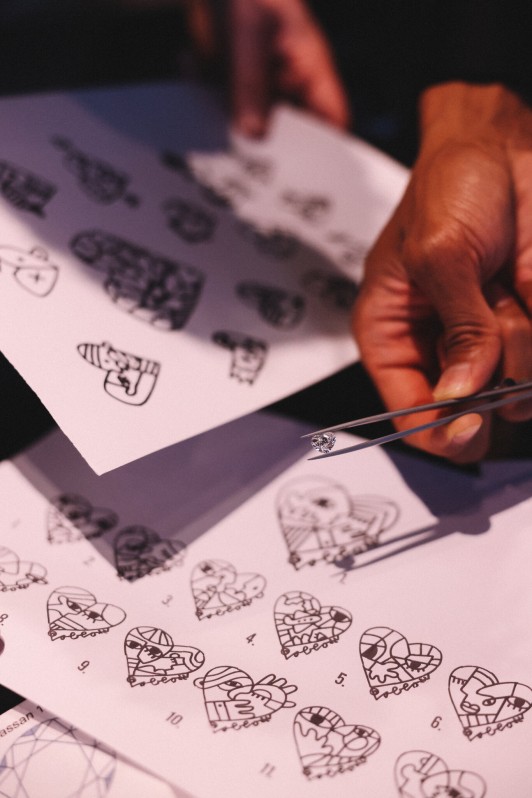
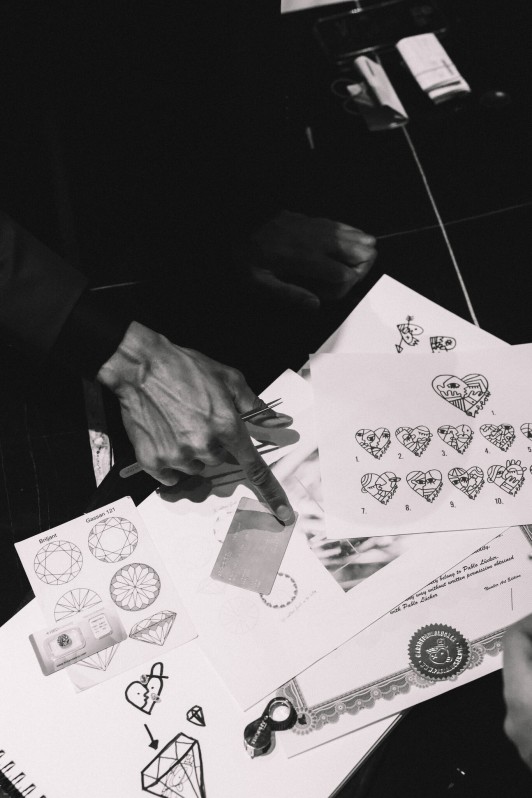
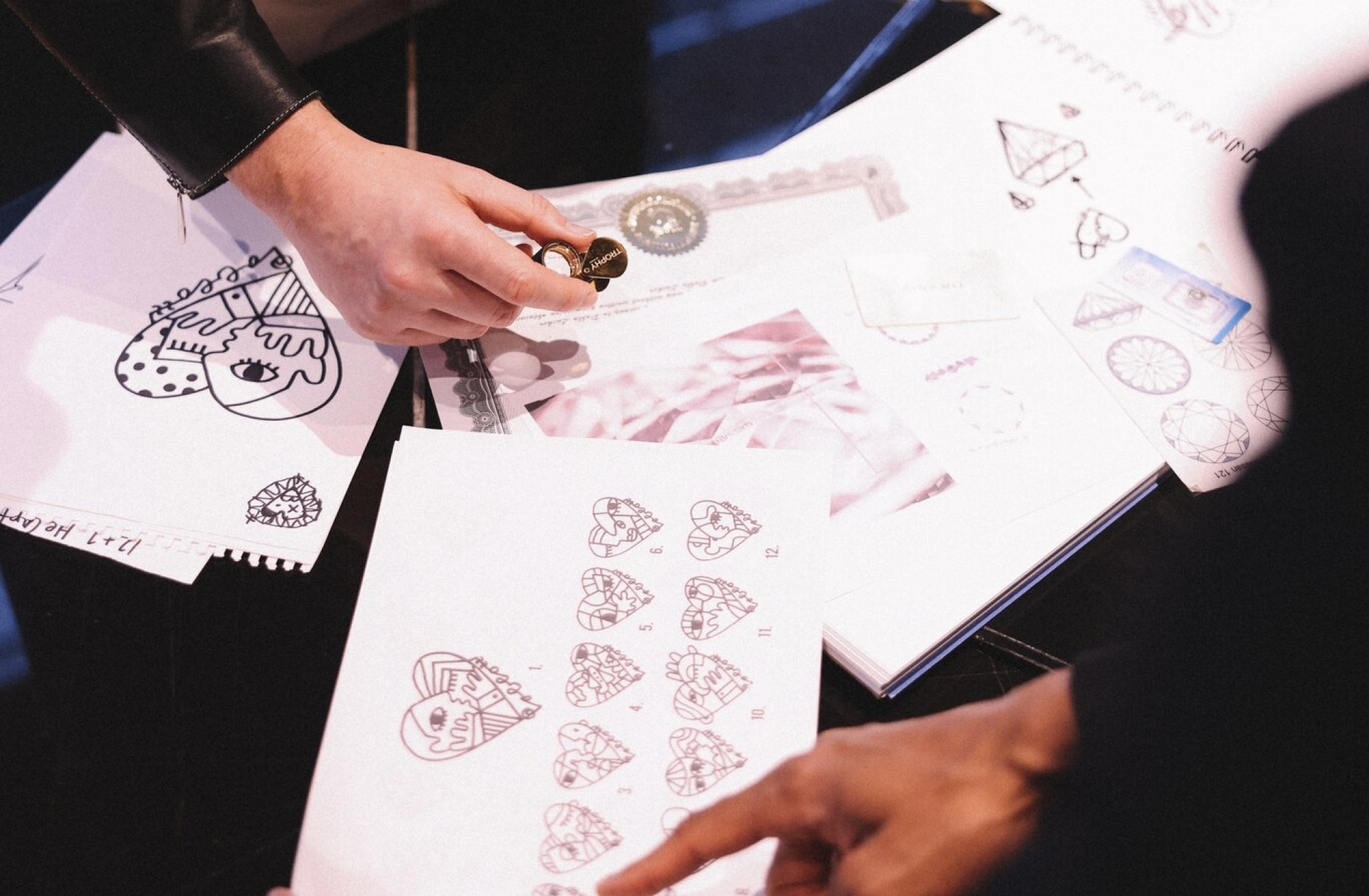

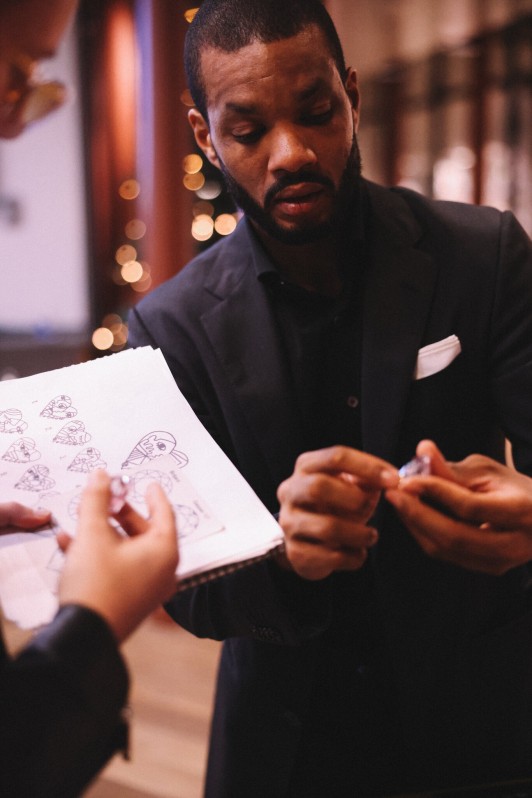
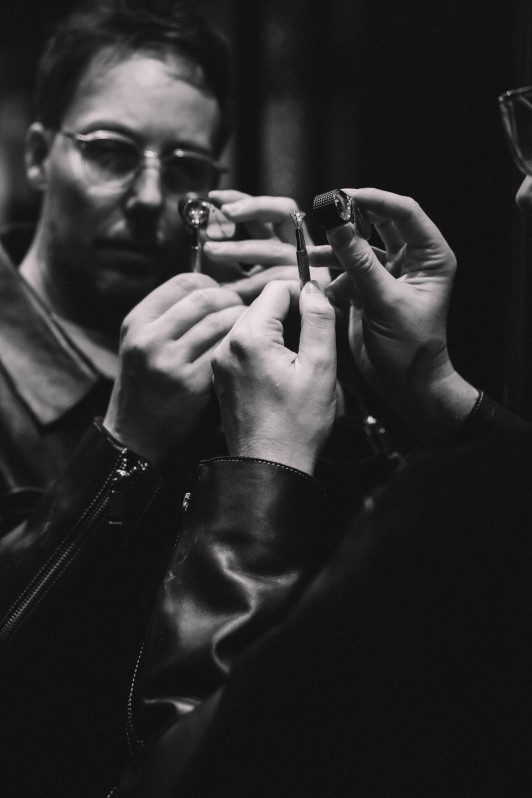

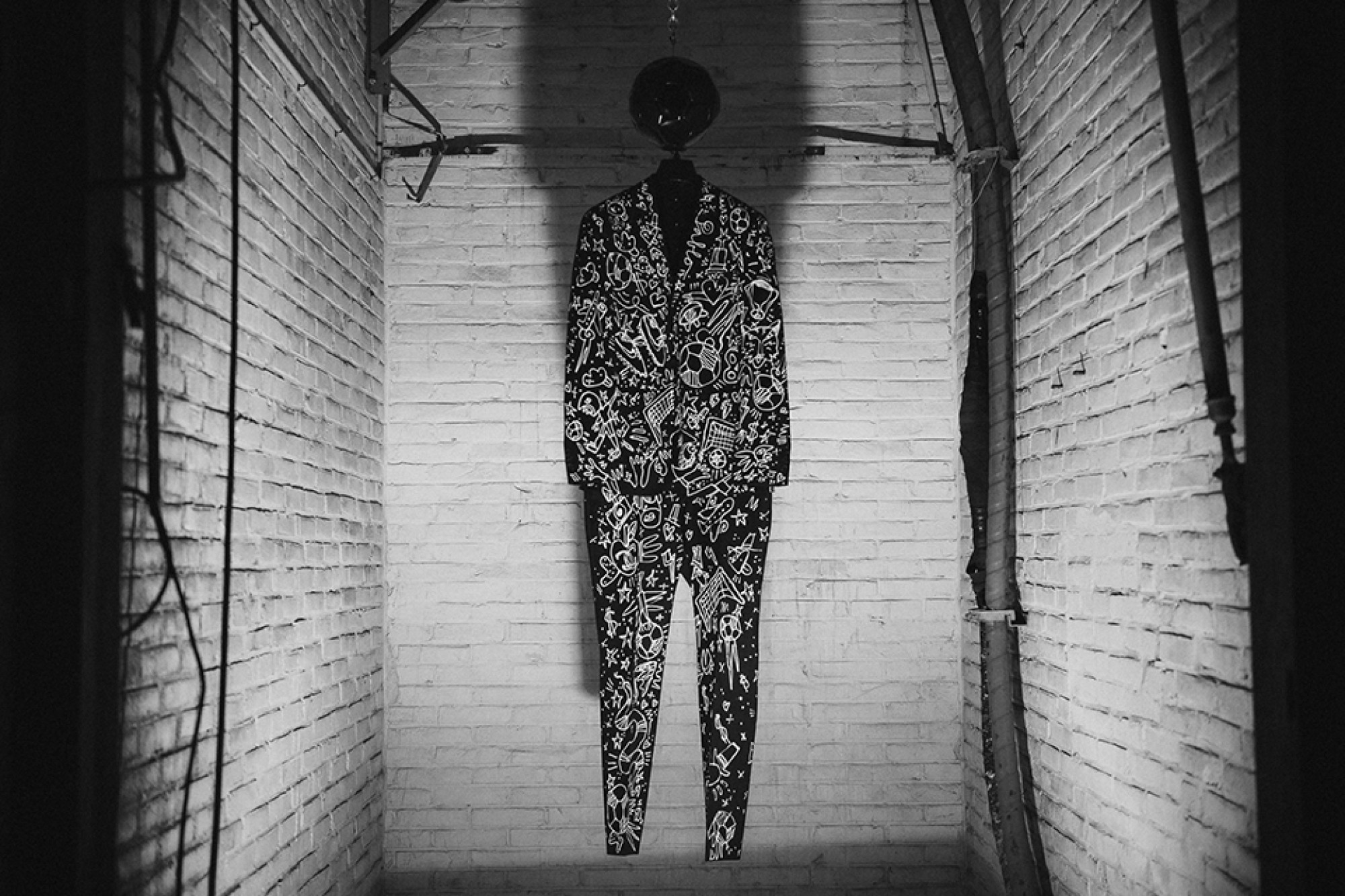
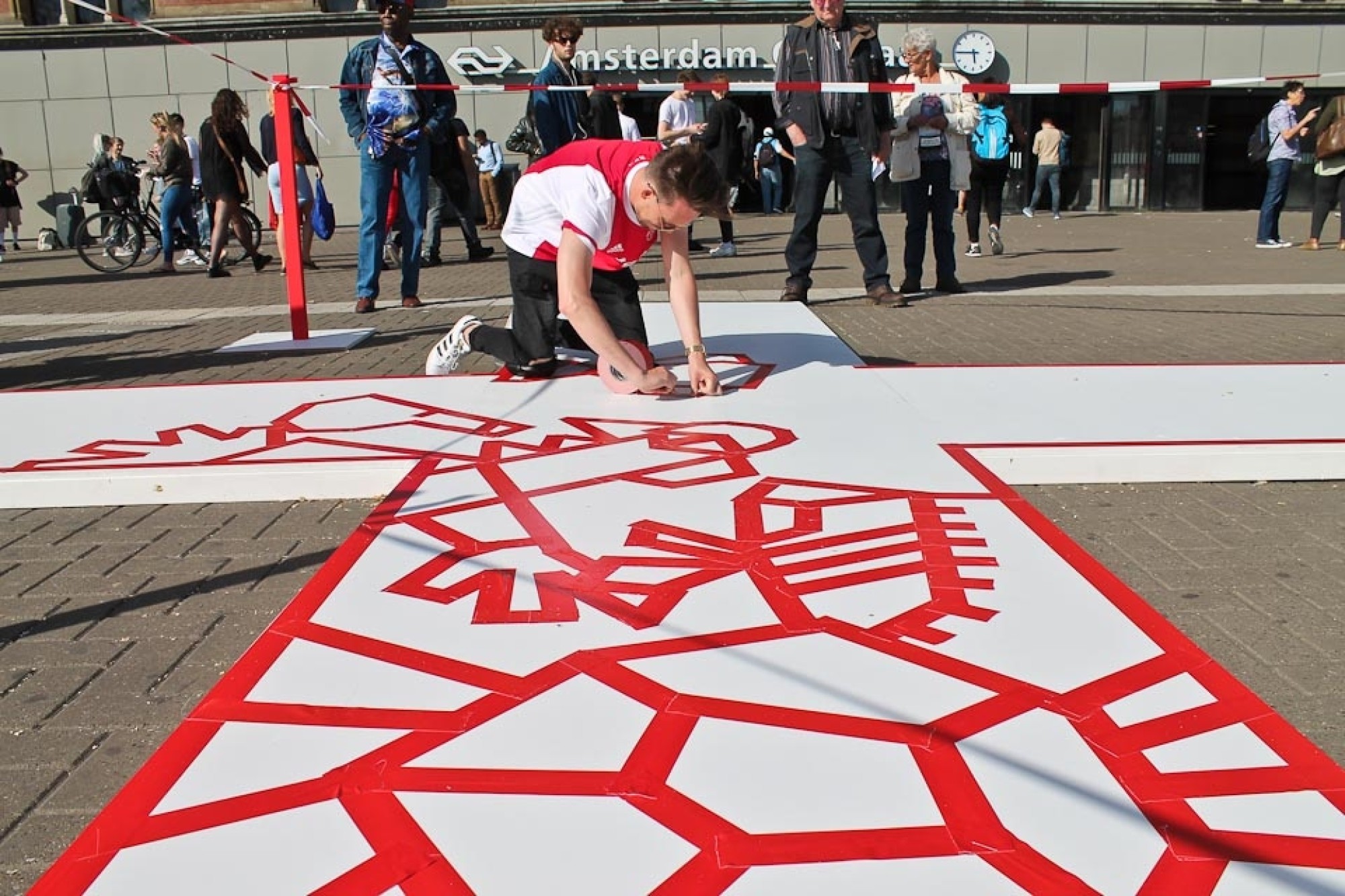
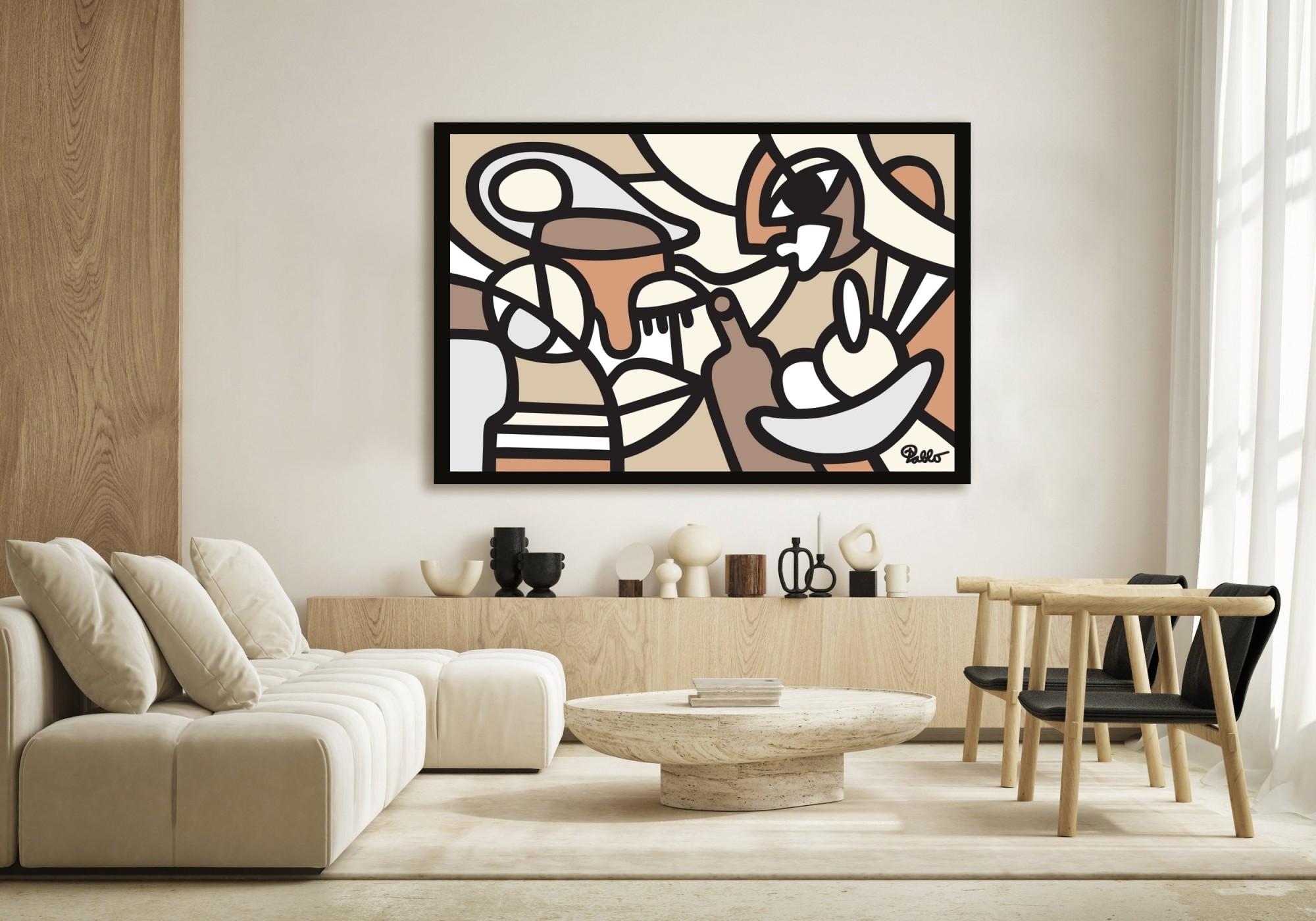
What piece of work is your biggest flex?
Articles


